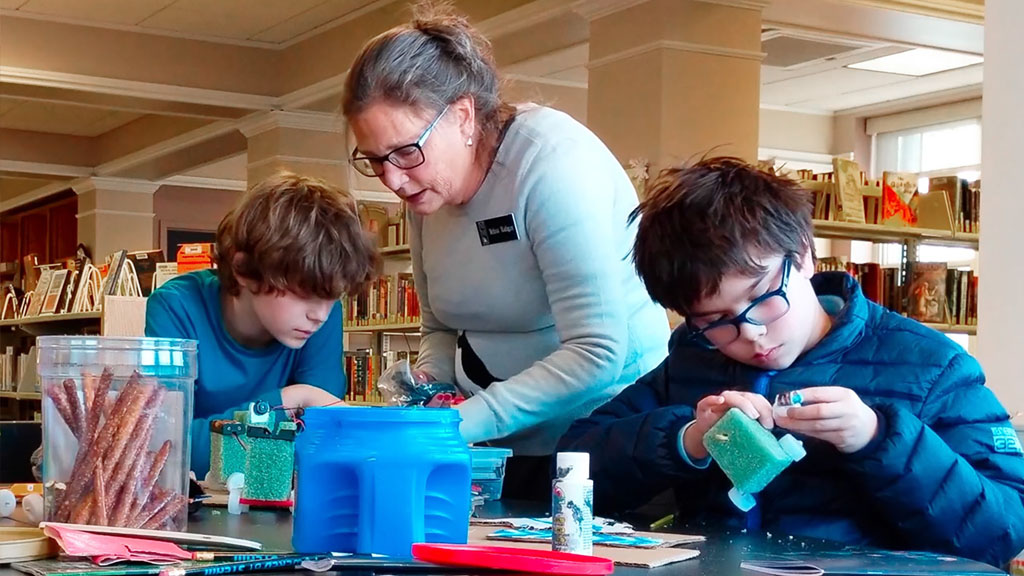Transforming Science Learning: Teaching Science to Address Societally Pressing Phenomena and Challenges: The COVID-19 Pandemic and Systemic Racism, March 24, 2021
Join us on Wednesday, March 24, 2021, from 7:00 PM to 8:30 PM ET for another edition of the Transforming Science Learning series.
The COVID-19 pandemic offers an unprecedented context to explore and engage all students in societally relevant problems. The presentation proposes an instructional framework for STEM education, by foregrounding justice and capitalizing on new advances in STEM disciplines, that can support justice-centered decision-making and solutions to societally pressing phenomena and challenges.
Join us on Wednesday, March 24, 2021, from 7:00 PM to 8:30 PM ET for another edition of the Transforming Science Learning series.
The COVID-19 pandemic offers an unprecedented context to explore and engage all students in societally relevant problems. The presentation proposes an instructional framework for STEM education, by foregrounding justice and capitalizing on new advances in STEM disciplines, that can support justice-centered decision-making and solutions to societally pressing phenomena and challenges.
Join us on Wednesday, March 24, 2021, from 7:00 PM to 8:30 PM ET for another edition of the Transforming Science Learning series.
The COVID-19 pandemic offers an unprecedented context to explore and engage all students in societally relevant problems. The presentation proposes an instructional framework for STEM education, by foregrounding justice and capitalizing on new advances in STEM disciplines, that can support justice-centered decision-making and solutions to societally pressing phenomena and challenges.
Join us on Wednesday, March 24, 2021, from 7:00 PM to 8:30 PM ET for another edition of the Transforming Science Learning series.
The COVID-19 pandemic offers an unprecedented context to explore and engage all students in societally relevant problems. The presentation proposes an instructional framework for STEM education, by foregrounding justice and capitalizing on new advances in STEM disciplines, that can support justice-centered decision-making and solutions to societally pressing phenomena and challenges.
Join us on Wednesday, March 24, 2021, from 7:00 PM to 8:30 PM ET for another edition of the Transforming Science Learning series.
The COVID-19 pandemic offers an unprecedented context to explore and engage all students in societally relevant problems. The presentation proposes an instructional framework for STEM education, by foregrounding justice and capitalizing on new advances in STEM disciplines, that can support justice-centered decision-making and solutions to societally pressing phenomena and challenges.



